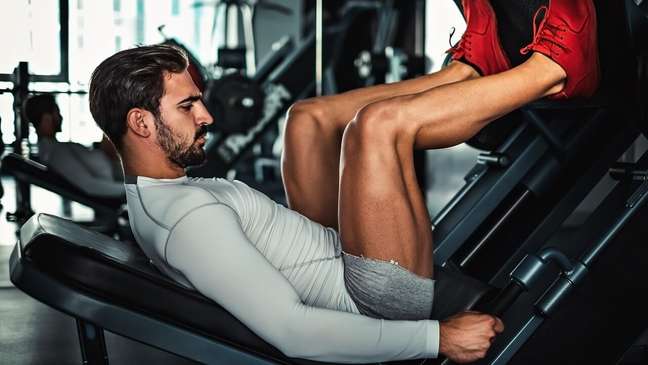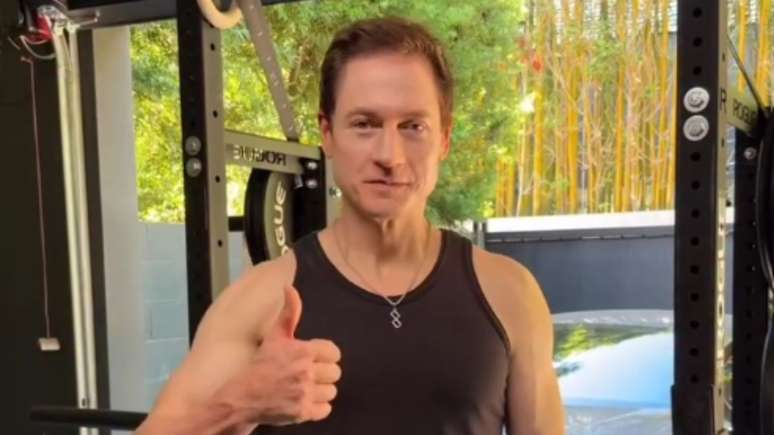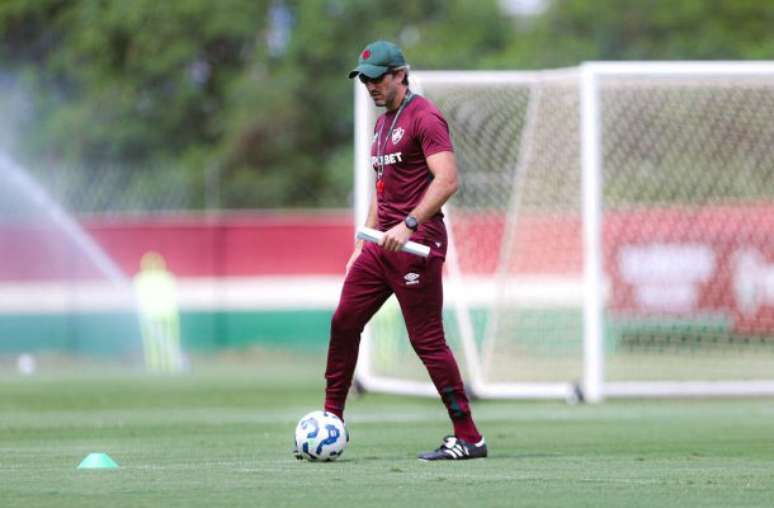The coach reveals some attitudes that can hinder his results

Daily evolution, weight loss, healthy living and constant training are part of the routine of the person who works to maintain their quality of life. What many are unaware of is the correct execution of each exercise. To help prevent this mistake, the personal trainer Fernando Drago highlighted 10 common mistakes to avoid in leg training.
Work with the legs is not only about the aesthetic part, that is, it helps blood circulation, improves performance in any sporting activity and contributes to muscle growth. It also affects hypertrophy (increase in cellular functions), prevents injuries and increases daily calorie expenditure.
The great is the enemy of the good. Thus, this phrase by the French writer and philosopher Voltaire denotes that nothing is perfect and that detail can help to achieve its positive result. Know these flaws later:
Failures during leg training
1- Positioning of the knees
Dynamic valgus (distance of these placements between the knees and feet) causes serious knee problems. Therefore, the knees always follow the positions of the feet.
2 – Adapt your knees
Relaxing the muscles together with the elimination of time in tension during exercise stops the contraction and stretching of the muscle.
3 – Use of loads
First of all, be balanced. A little weight does not carry sufficient intensity to create micro-tears in the muscle fibers and develops myofibrillar hypertrophy (when there is stimulation of the muscles with a greater load than they are used to). An exaggerated weight, on the other hand, performs the exercise with compensations from other muscles and impairs the execution.
4 – Overtraining
Excess is bad for everything, that is, 12 to 15 sets are enough to complete the workout. So always avoid that exaggeration and create a pattern.
5 – Positioning in leg training
Only by correcting bad posture habits, there will be hard work, efficient and without increasing the amount of loads.
6 – Low amplitude in leg training
The low amplitude does not exploit the biomechanical potential of the exercise. Just do a half squat and drop a little on the leg press. Good amplitude is important primarily because it serves as a synonym for satisfying training.
7 – Balance
The body sway does not complete the movement and is commonly seen in many calf workouts. Working out in the gym is a matter of execution and concentration. Don’t harm your body and use it as an enabler.
8 – Imbalance
Don’t focus your workouts on just your strengths. In that sense, it also improves what your weak point is. Above all, aim for harmony to create balance in your body.
9 – Column
Rigid exercise prevents excessive increase in loads and, at the same time, causes curvature of the spine. Likewise, it decreases the stretching of the hamstrings and overloads the spine.
10 – Excessive flow during leg training
Descending without control impairs the lower back. Good amplitude helps with the biomechanics of movement.
Source: Fernando Drago
Personal trainer
+The best content in your email for free. Choose your favorite Earth Newsletter. Click here!
Source: Terra
Benjamin Smith is a fashion journalist and author at Gossipify, known for his coverage of the latest fashion trends and industry insights. He writes about clothing, shoes, accessories, and runway shows, providing in-depth analysis and unique perspectives. He’s respected for his ability to spot emerging designers and trends, and for providing practical fashion advice to readers.







